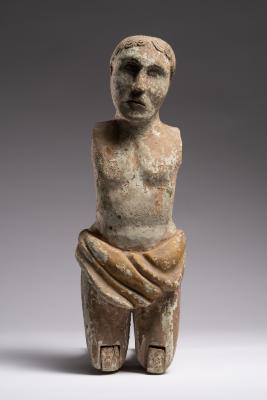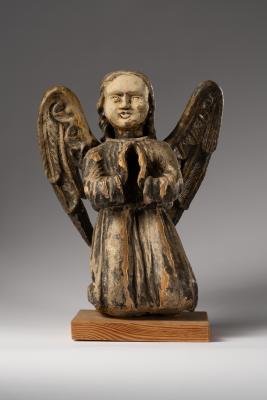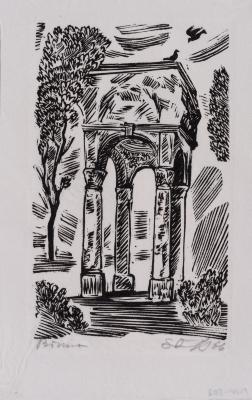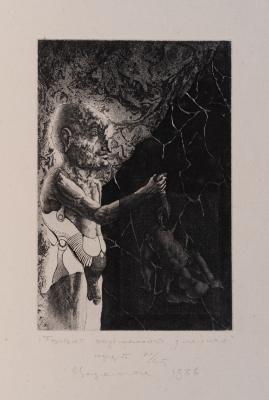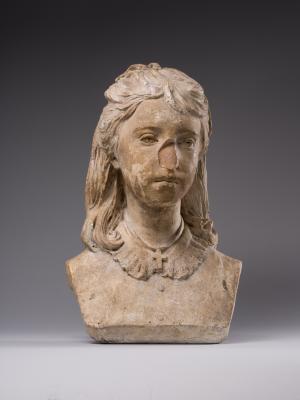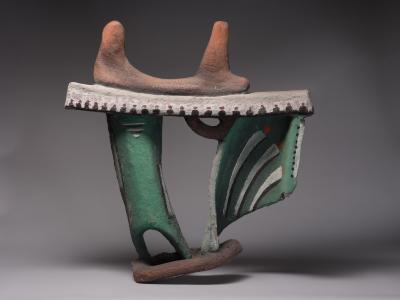Antequera is a municipality in the province of Málaga, Spain, part of the Spanish autonomous community of Andalusia. The name of the city comes from the Roman "Antikaria", which means "ancient city", attesting to the fact that it was ancient even for the Romans. Archaeologists believe that the first settlements were founded in 2000–2500 BC. Locals keep the legend of the so-called the Lovers’ Rock (La Peña de los Enamorados), whose silhouette is similar to a human head. As legend has it, during the liberation struggle from the Moorish invaders, there was a love story between the son of a Spanish military leader and the daughter of Arab rulers. The lovers realized that their fates were sealed and, holding hands, jumped from the top of the mountain. It seems that in this work, Jan Ciaglinski depicted this mountain. As was common in the early twentieth century, the artist sought inspiration in traveling to exotic countries. Since Jan Ciaglinski lived mainly in St. Petersburg, a city characterized by a monochromatic landscape and little light, it becomes obvious why the artist travelled to sunny climes. Ciaglinski explored many areas. He traveled across Italy and the Caucasus, visited Constantinople, Spain, Morocco, Palestine, Egypt, and Greece. His most important travels included trips to India in 1907, Spain in 1908, the Sahara in 1909, Tunisia in 1911, and Turkmenistan in 1912. While traveling, the artist painted hundreds of works, about which he wrote in his memoirs: "… rich, in terms of colorful material", "I bathed in paints", and "I was looking for shades". An artist with an academic education, endowed by nature with an extraordinary sense of color, aimed to search for the play of colors, was interested in issues of color and light, and their perception at night.










